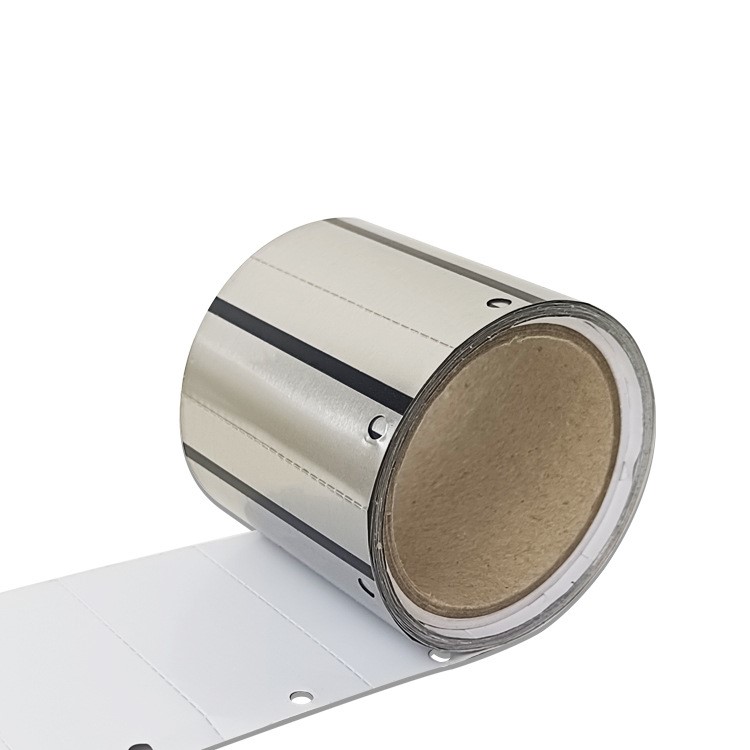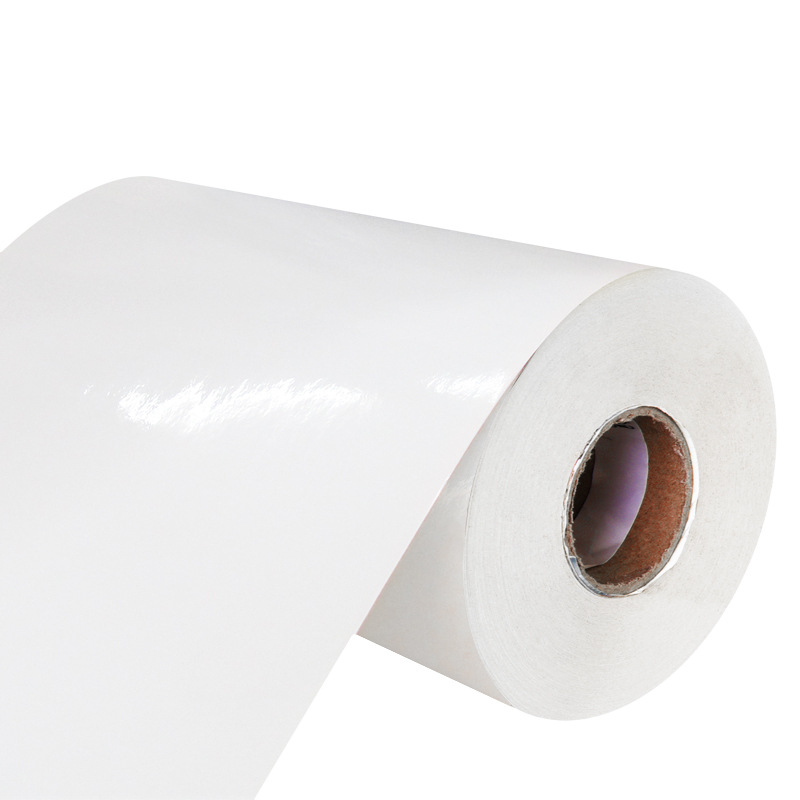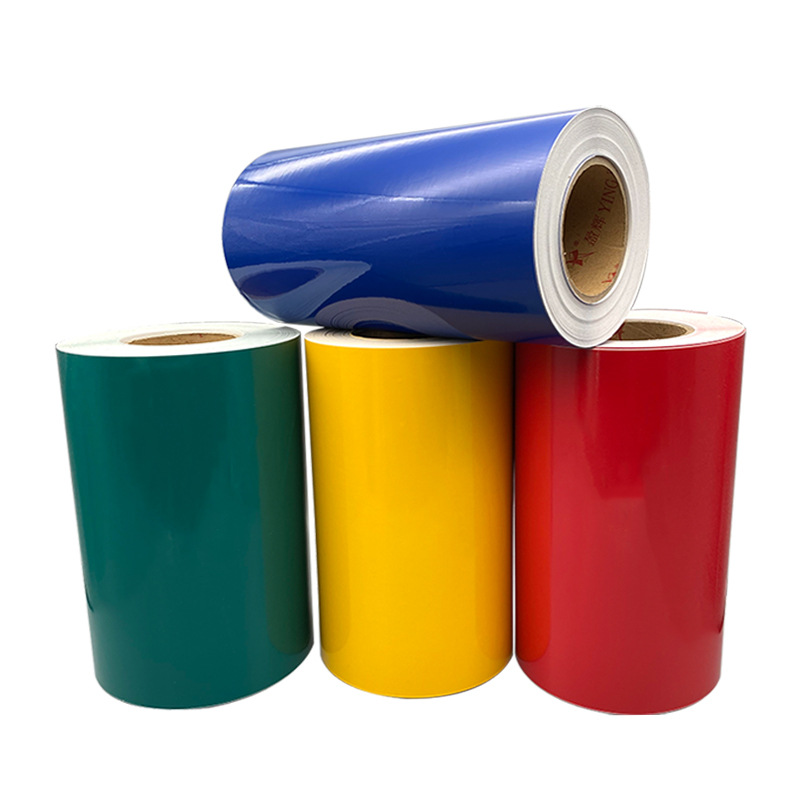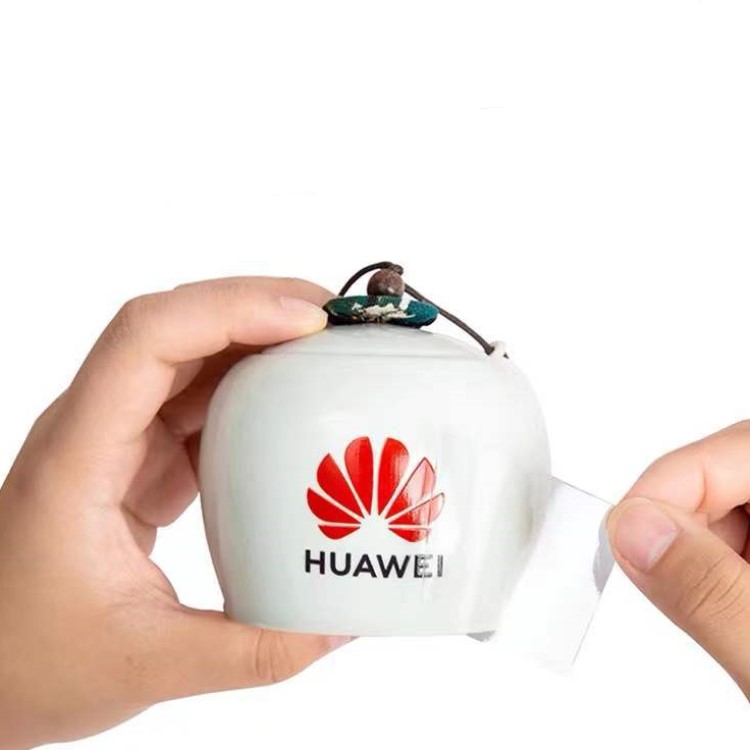How to Identify High-Temperature Labels
High-temperature labels play a crucial role in various industries, including manufacturing, automotive, aerospace, and more. These labels are designed to withstand extreme temperatures and harsh environments, ensuring that important information remains visible and intact. However, identifying high-temperature labels can be challenging, as they require specific characteristics to perform effectively. In this article, we will explore the key factors to consider when identifying high-temperature labels.
1. Temperature Resistance
The most critical factor in identifying high-temperature labels is their temperature resistance. These labels must be able to withstand elevated temperatures without losing their adhesive properties or becoming damaged. Look for labels that are explicitly designed for high-temperature applications, as they will have undergone rigorous testing to ensure their durability.
2. Material Composition
The material composition of high-temperature labels is another essential aspect to consider. Labels made from materials such as polyester, polyimide, or ceramic films are commonly used for high-temperature applications. These materials offer excellent resistance to heat, chemicals, and abrasion, ensuring the longevity of the labels even in extreme conditions.
3. Adhesive Strength
Adhesive strength is crucial for high-temperature labels, as they need to remain securely attached to the surface they are applied to. Look for labels with strong adhesives that can withstand high temperatures without peeling or lifting. Additionally, consider the surface type and texture where the label will be applied, as this can affect the adhesive's performance.
4. Printability
High-temperature labels often require important information or barcodes to be printed on them. Therefore, it is essential to choose labels that offer excellent printability. Look for labels that are compatible with various printing methods, such as thermal transfer or laser printing, to ensure clear and legible printing even at high temperatures.
5. Regulatory Compliance
When selecting high-temperature labels, it is crucial to ensure they comply with relevant regulatory standards. Depending on the industry, specific requirements may exist for labels used in high-temperature environments. For example, labels used in the automotive industry may need to meet specific automotive industry standards. Always verify that the labels you choose meet the necessary regulatory compliance to avoid any potential issues.
6. Testing and Certification
Reputable high-temperature label manufacturers conduct extensive testing and certification processes to ensure the quality and performance of their products. Look for labels that have undergone testing for temperature resistance, chemical resistance, and durability. Certifications from recognized testing organizations provide assurance that the labels will meet your specific requirements.
Conclusion
Identifying high-temperature labels requires careful consideration of various factors, including temperature resistance, material composition, adhesive strength, printability, regulatory compliance, and testing. By selecting labels that meet these criteria, you can ensure that your labels will withstand extreme temperatures and harsh environments, while maintaining their integrity and legibility. Remember to choose labels from reputable manufacturers who specialize in high-temperature applications to ensure the best performance and reliability.
We offer comprehensive technical support, including free professional labeling solutions, advice on label materials and adhesive selection, as well as online/offline assistance from professional software and hardware engineers. Service email: andy@ownlikes.cn. In pre-sales, we leverage our extensive experience in specialty labeling projects to provide clients with the most suitable hardware solutions. Additionally, all our label barcode printers and scanners come with a three-year free warranty, demonstrating our confidence in our products.






This site is protected by reCAPTCHA and the Google Privacy Policy and Terms of Service apply.